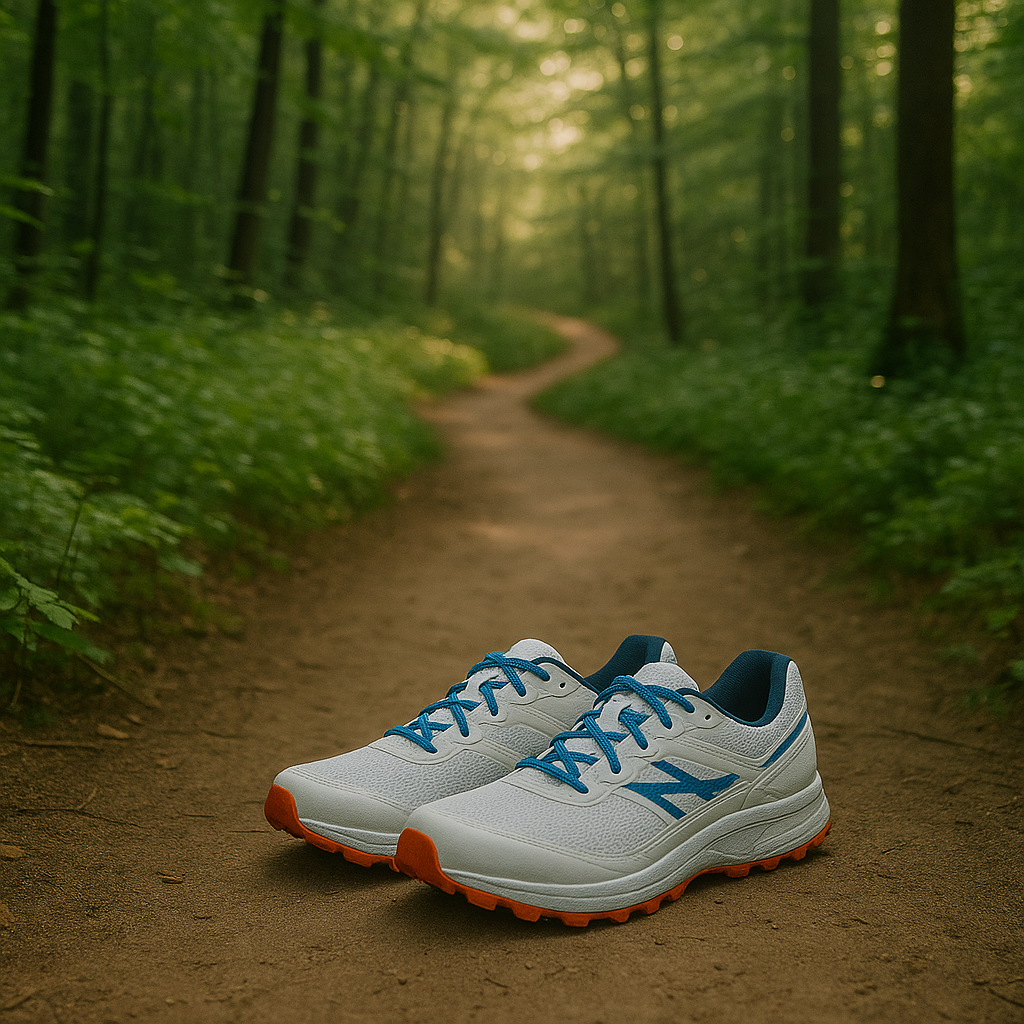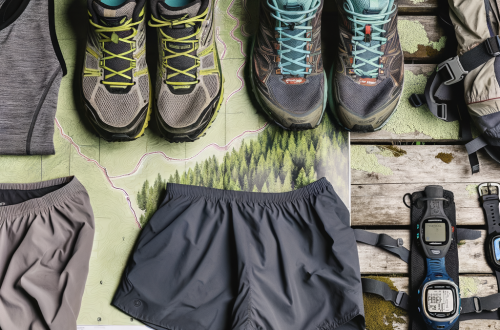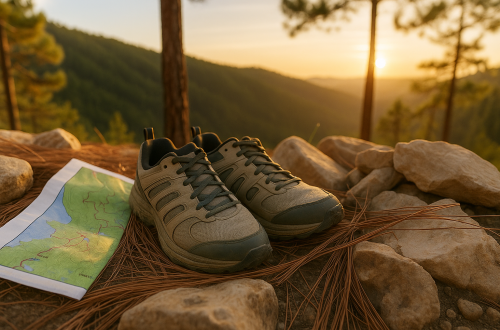
How do I start trail running as a beginner?
Why Trail Running Is Great for Beginners
Trail running is more than just running on dirt paths—it’s a full-body experience that connects you with nature, challenges your fitness, and offers a refreshing break from the pavement. For beginners, it’s a fantastic way to build endurance, improve balance, and enjoy the outdoors without the repetitive impact of road running.
Unlike road running, trail running often involves varied terrain, elevation changes, and scenic routes. This variety makes it mentally stimulating and physically rewarding. Plus, the softer surfaces of trails are gentler on your joints, making it a great choice for those new to running or returning after a break.
What gear do I need to start trail running?
Starting trail running doesn’t require a closet full of gear, but a few essentials can make your experience safer and more enjoyable.
- Trail Running Shoes: These offer better grip, protection, and stability than regular running shoes. Look for shoes with aggressive tread and rock plates if you’ll be on rugged terrain.
- Moisture-Wicking Clothing: Avoid cotton. Choose breathable, quick-drying fabrics to stay comfortable.
- Hydration System: A handheld bottle, hydration vest, or waist pack can keep you hydrated on longer runs.
- Trail Map or GPS App: Apps like AllTrails or Gaia GPS help you navigate unfamiliar routes.
- Safety Gear: A whistle, ID, and small first aid kit are smart additions, especially on remote trails.
Optional but helpful items include trekking poles for steep climbs, gaiters to keep debris out of your shoes, and a lightweight windbreaker for changing weather.
How do I choose the right trail?
As a beginner, it’s important to start with trails that match your current fitness level and experience. Look for well-marked, low-elevation trails with minimal technical features like rocks or roots.
Here’s how to find beginner-friendly trails:
- Use Trail Apps: Platforms like AllTrails, Trailforks, and Komoot allow you to filter trails by difficulty, distance, and elevation gain.
- Check Local Parks: Many city or state parks have designated beginner trails with clear signage and maintenance.
- Ask Local Runners: Join a local trail running group or online community to get recommendations.
Start with short loops or out-and-back trails so you can turn around if needed. As your confidence grows, you can explore more challenging routes.
How do I train for trail running as a beginner?
Training for trail running involves more than just running. You’ll need to build strength, balance, and endurance to handle uneven terrain and elevation changes.
Here’s a simple beginner trail running training plan:
- Start Slow: Begin with 2–3 runs per week on easy trails. Focus on time, not distance.
- Incorporate Walking: It’s perfectly normal to hike steep sections. Use a run-walk strategy to build stamina.
- Strength Training: Add bodyweight exercises like lunges, squats, and planks to improve stability and reduce injury risk.
- Practice Downhill Running: Learn to descend with short strides and a slight lean forward to stay in control.
- Rest and Recover: Trails can be tough on your body. Allow time for recovery between runs.
Consistency is key. Over time, your body will adapt to the demands of trail running, and you’ll be able to tackle longer and more technical routes.
Is trail running harder than road running?
In many ways, yes—but that’s part of what makes it so rewarding. Trail running typically involves more elevation gain, uneven surfaces, and slower paces. However, it also offers more variety, which can make the effort feel less monotonous.
Don’t worry about your pace. Trail runners often measure their runs by time and effort rather than distance or speed. Focus on enjoying the journey and building your trail skills gradually.
What are the safety tips for trail running?
Safety is crucial when running in nature, especially if you’re alone or on remote trails. Here are essential trail running safety tips:
- Tell Someone: Always let someone know where you’re going and when you expect to return.
- Carry Essentials: Bring water, snacks, a map or GPS, and a small first aid kit.
- Check the Weather: Conditions can change quickly. Dress in layers and be prepared for rain or wind.
- Stay on Marked Trails: Avoid shortcuts and stick to established paths to prevent getting lost.
- Be Aware of Wildlife: Make noise to avoid surprising animals and know what to do if you encounter one.
Running with a buddy or joining a local trail group can also enhance your safety and make the experience more enjoyable.
Common mistakes to avoid as a beginner trail runner
Every new trail runner makes mistakes—it’s part of the learning curve. But knowing what to watch out for can help you avoid setbacks.
- Wearing the Wrong Shoes: Road shoes lack the grip and protection needed for trails.
- Going Too Fast: Trail running requires more energy. Slow down and focus on form.
- Ignoring Hydration: Even short runs can dehydrate you, especially in warm weather.
- Skipping the Warm-Up: Dynamic stretches and light jogging prepare your muscles for uneven terrain.
- Not Checking the Trail: Research trail conditions before heading out to avoid surprises.
Learn from each run and adjust your approach as needed. Trail running is a skill that improves with practice and patience.
How to stay motivated on the trails
Staying motivated as a beginner trail runner can be challenging, especially when the terrain gets tough. Here are some ways to keep your spirits high:
- Set Small Goals: Aim to complete a certain trail, run for a set time, or reach a scenic viewpoint.
- Track Your Progress: Use a running app to log your runs and celebrate milestones.
- Join a Community: Running with others can boost accountability and make it more fun.
- Mix It Up: Explore different trails to keep things interesting and discover new scenery.
- Reward Yourself: Treat yourself to a post-run snack or relaxing activity.
Remember, trail running is as much about the experience as it is about fitness. Enjoy the journey, and the progress will follow.
Final Thoughts: Your Trail Running Journey Starts Now
Trail running is an exciting and fulfilling way to stay active, connect with nature, and challenge yourself. As a beginner, the key is to start slow, stay safe, and enjoy the process. With the right gear, mindset, and preparation, you’ll soon find yourself looking forward to every run in the great outdoors.
Whether you’re chasing mountain views or simply seeking a new way to move your body, trail running offers something for everyone. Lace up your shoes, hit the trail, and discover where your feet can take you.
#TrailRunningTips #OutdoorFitness #RunningForBeginners #TrailGearGuide #NatureRunning





